Chinese embassy officials joined media, local politicians, business leaders, and railroad industry personnel to greet the train. Trade Minister Zhu Qin from the Chinese embassy in London spoke warmly of the growing commercial trade that the service will support.
“In two weeks we celebrate the Chinese New Year. It is the year of the rooster who we regard as the break of day, a new beginning, just like this service,” Qin says. “It is 45 years since ambassadorial relations were created between our two countries. This is a tangible link between China and Britain which can only grow stronger.”
The train was announced by a cacophony of train horns as it entered the freight yard. It had been loaded with 34 40-foot containers in Yiwu for Europe. Six of the UK-bound containers were not permitted in the Channel Tunnel for safety reasons and went via a ferry crossing. The twelve Chinese Railway Express containers that arrived in London were loaded primarily with textiles and other consumer goods.
“It is great that this train has arrived here in London with merchandise for the British market,” says David Martin, Director of the China-Britain Business Council. “I look forward to the return segment when quality British goods are being sent in the other direction.”
The Rail Freight Group, an industry body that promotes freight by rail, welcomed the initiative as a further effort to remove containers from Europe’s crowded roads.
The 18-day expected transit time is under half that of a typical sailing from Shanghai to Europe.
Power haul
The train was provided with two locomotives as the Channel Tunnel link is electrified while the Barking depot is not electrified. Pulling the train was 23-year-old Class 92 92015, a dual-voltage electric locomotive which can run on 25 kilovolts A.C. from overhead wires or 750 volts D.C. from a third rail. It was designed specifically to operate services through the Channel Tunnel between Britain and France and is based at Crewe. The 139 ton loco has a top speed of 140 mph.
In the rear was 17-year-old EMD-built Class 66 66136, a six-axle diesel electric freight locomotive based in the Midlands. It weighs 143 tons and has a top speed of 105 mph. The locomotives, both in DB livery, were embellished with logos associated with the operation.
Initial suggestions are that the service will operate weekly in a west-bound direction until traffic can justify a daily service.
After the official speeches, guests were entertained by a troupe of Chinese dragon dancers. They then watched a demonstration of how quickly a crews can unload a container.
The train was operated by the Swiss-based multinational freight forwarder InterRail Group on behalf of Beijing-based China Railway subsidiary China Railway International Multimodal Transport. DB Cargo was responsible for the Duisburg–London section via the Channel Tunnel. The containers required specifically for the UK were loaded on to Deutsche Bahn’s container platforms at the Duisburg container terminal, which are specially approved for the Channel Tunnel.
The train traversed Kazakhstan, Russia, Belarus, Poland, Germany, Belgium, and France before reaching the U.K. Three gauge changes were encountered on the journey where containers were transshipped between the different gauges rather than wagons swapping wheel sets.
London is the latest destination added to the China–Europe rail link dubbed the “One Belt — One Road” corridor, an initiative of the Chinese government, which serves Duisburg, Germany; Madrid, Spain; Afghanistan; and Riga, Latvia.





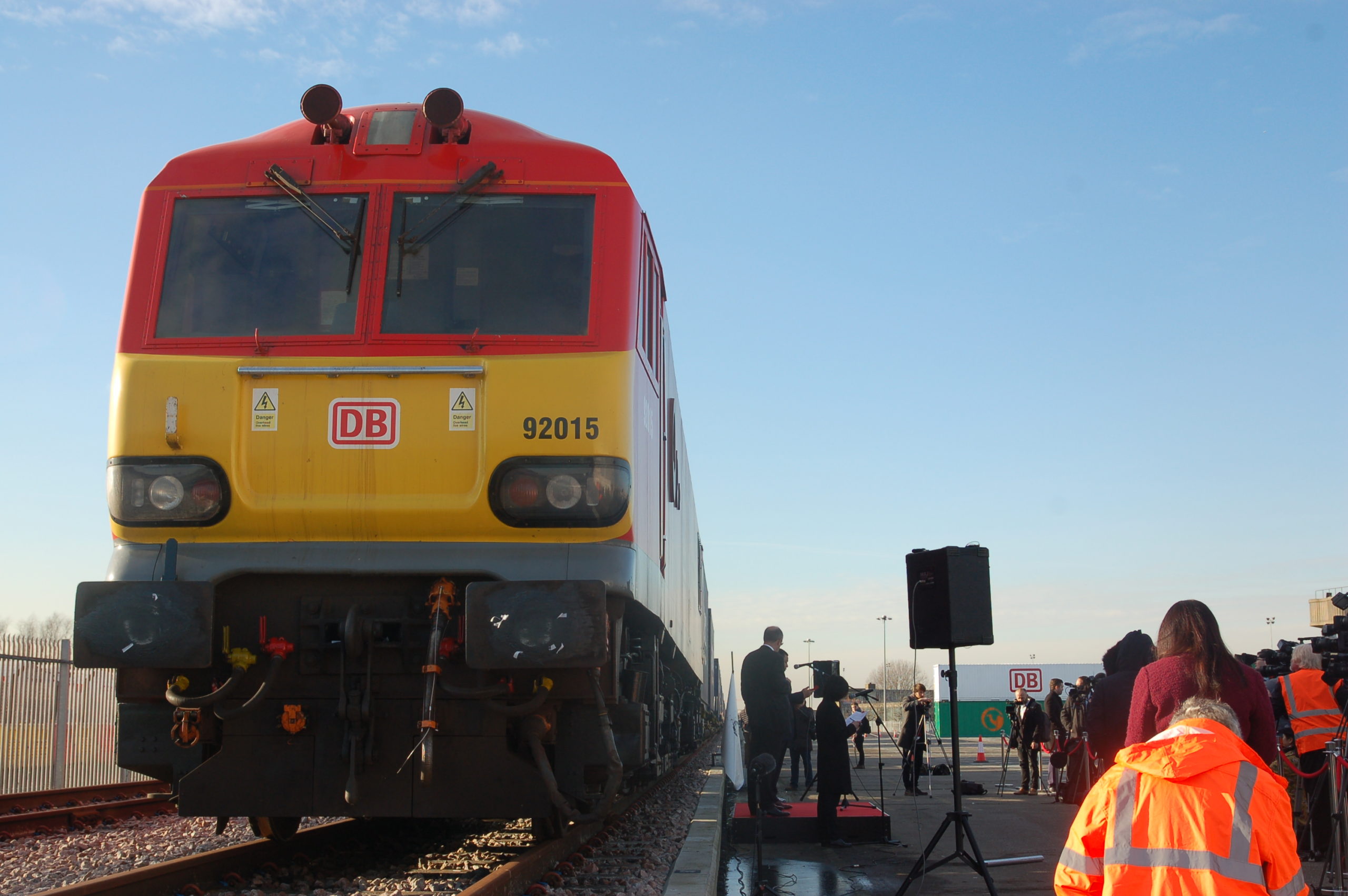



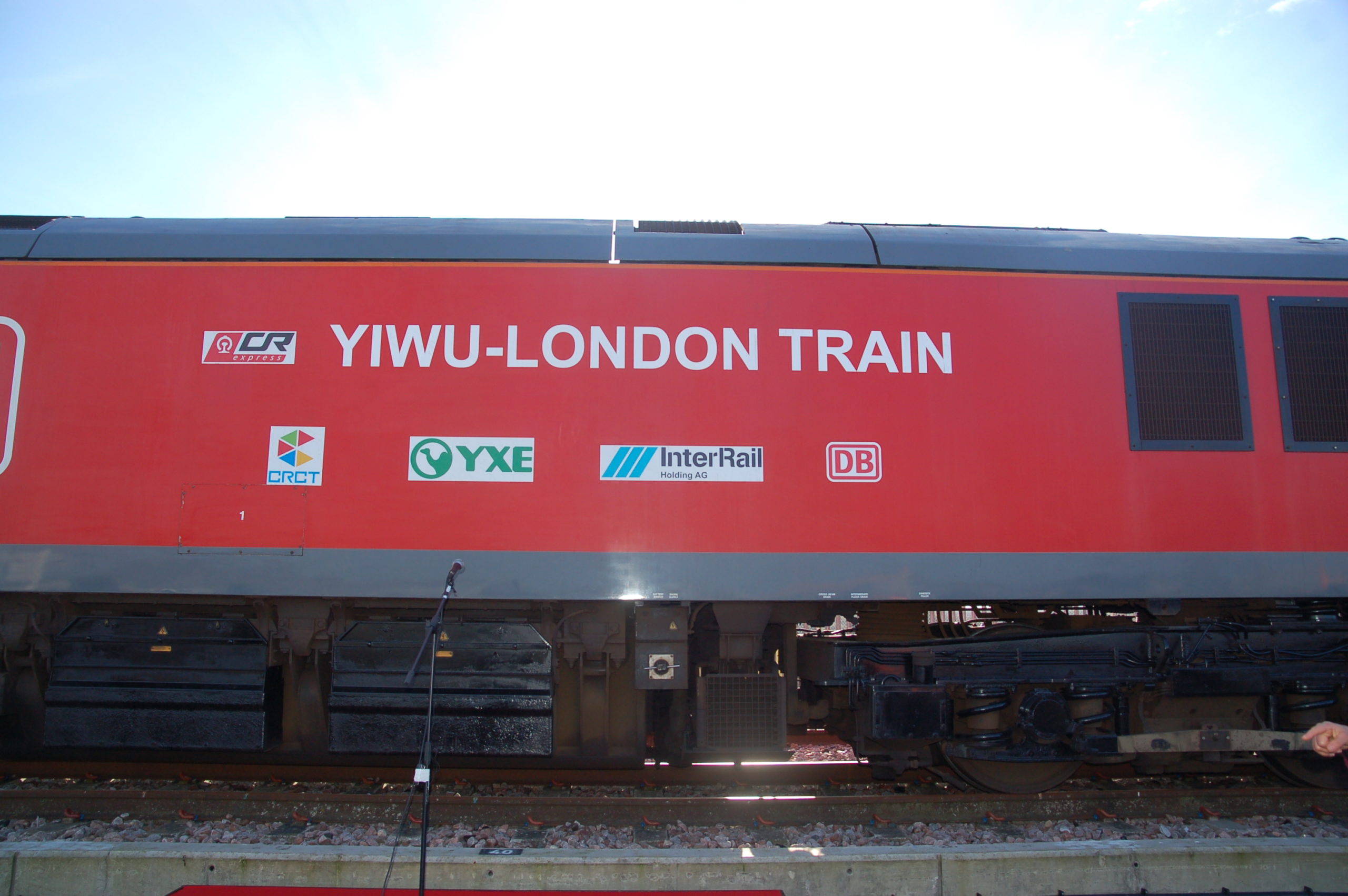
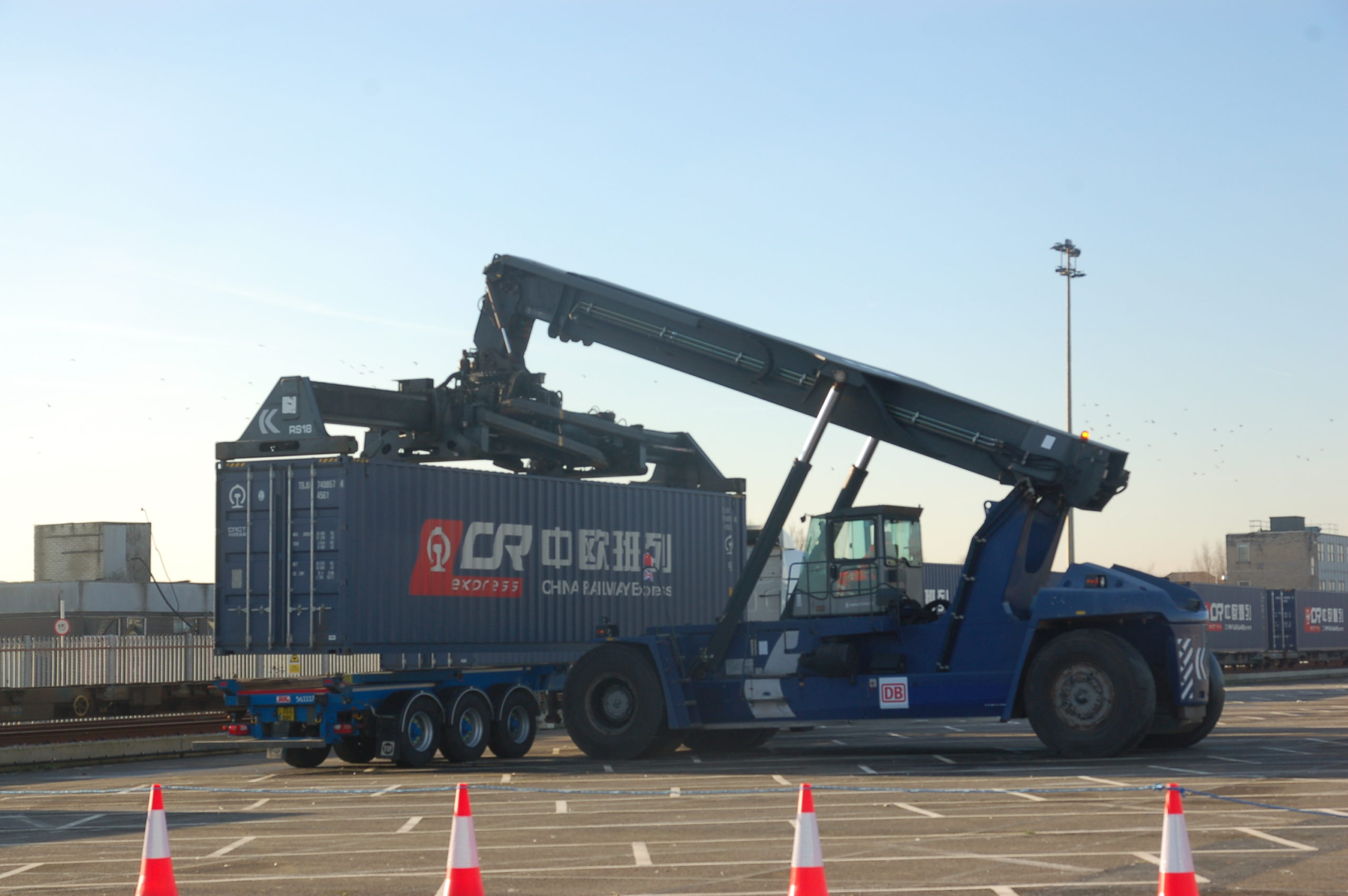
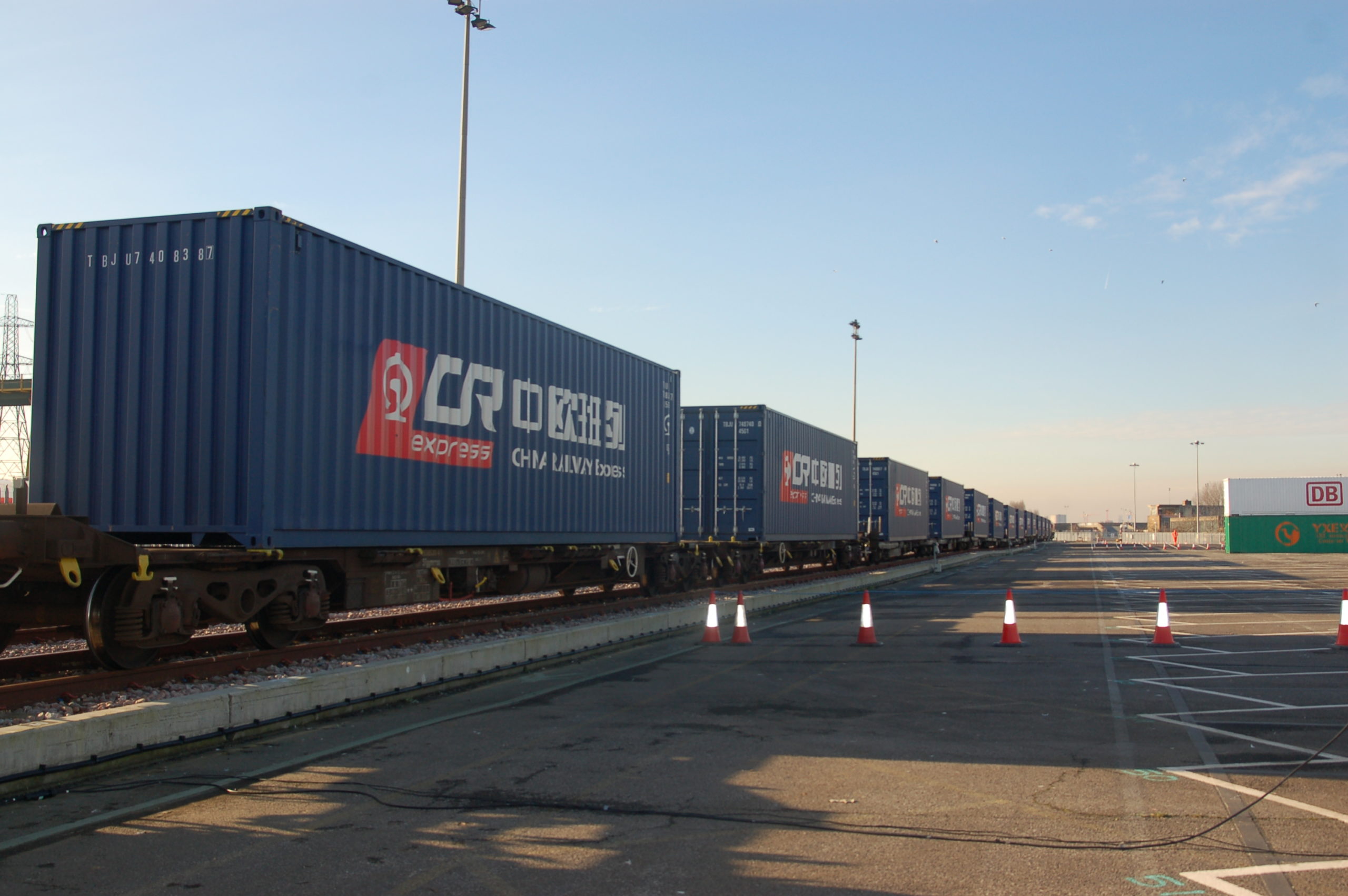





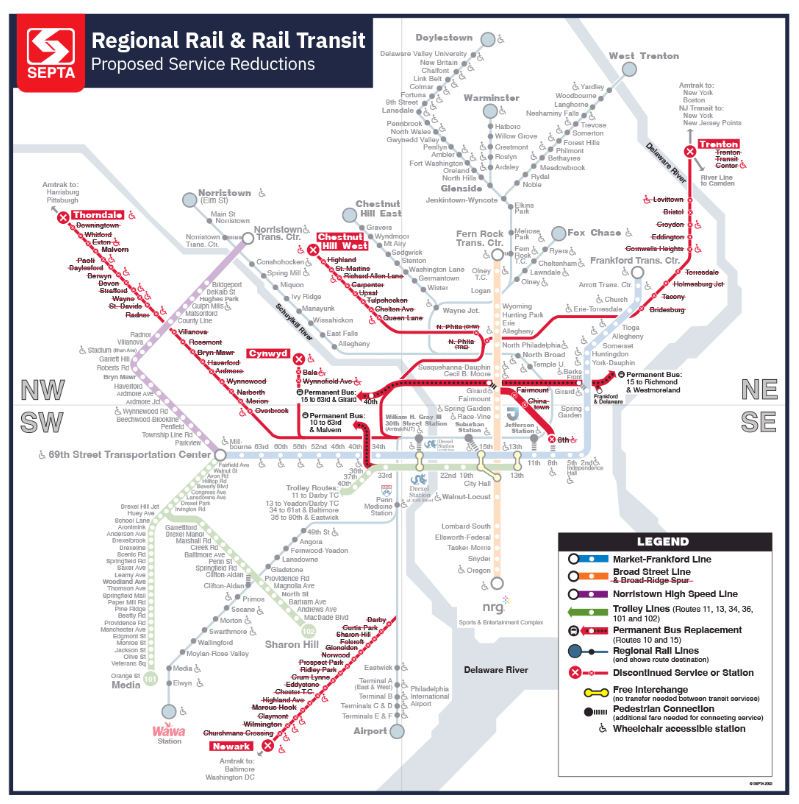





Trains are TRAINS!!!! I do not care where the trains are. All are NEWS!!!!
Ian Narita, I think you are right about the long term perspective of Chinese leadership. At a time when the incoming US administration is focused on domestic issues and about to start roughing-up its long time trading partners, China is expanding its trading relations which brings their influence into the economy and politics of more countries. China has the second largest economy in the world after the US and with a substantially larger population will eventually be the top economy in the world.
Developing a fast rail distribution network makes all kinds of sense. As interest rates rise the amount of time a product spends in transit becomes increasingly important. Faster transit times between China and European markets can only help.
I don’t see a reason for Brexit to make much difference to the transit of goods through Europe. The railroads make money on the traffic and if they try and charge too much then the containers will get put on a ship in some Baltic port and take the last part of the journey by sea.
From tiny acorns do mighty oak trees grow. Given time China seems intent on establishing this route. Also the Chinese are trying to establish a line from China thru Tajikistan, Uzbekistan, Turkmenistan, Iran and Turkey to Europe. All 4′ 8 1/2″. The Chinese are thinking 10-20 years down the road. When a countries leaders are thinking that far into the future, against current US 2-4 years of an election cycle it points to a real problem for the short term in the long term.
I would have to wonder how the United Kingdom leaving the European Union may effect this.
@Jaames_Livesay covered the gauge changes, the third change was to eliminate the Hazmat which is banned from the Channel Tunnel and to place the Containers on flatcars cleared for the Channel Tunnel. When traffic builds up additional flatcars will be certified to operate through the Chunnel eliminating one change. The changing from a standard gauge flatcar to a Russian gauge one at Khorgos, Kazakhstan is very efficient similar to a modern US Intermodal terminal. It is managed by DP World the large port operator based in Dubai.
http://www.khorgosgateway.com/
Well, this puts the US at a competitive disadvantage with the EU. Too bad that “Fast Ship” initiative died with the recession.
Mr. Baker, two points:
One, the TRAINS website doesn’t have a fixed or maximum length. To paraphrase an old newspaper slogan, the TRAINS website prints “all the rail news that’s fit to print.” Including this item didn’t eliminate anything else.
Two, if it doesn’t interest you, don’t read it. No one is forcing you.
Something slightly wrong here. The 92 class locomotive has a maximum permitted speed of 87 mph (140 kph) and the 66 75mph. The train used HS1 from the Channel Tunnel exit to Barking. This route is built to the UIC (European) gauge clearance. The 66 class loco would only have been attached to position the train into Barking terminal for unloading.
To answer Mr Harvey’s question: Standard gauge in China – then Russian gauge – 5′ to the Polish frontier – then standard gauge to the destination. So only two changes of gauge.
@John Baker Trains magazine is not just about US/North American railroading, but about railroading in general, it just so happens that the majority of new is from US carriers…and this intermodal train from China to the UK is big news.
While a nice feat….it will all come down to cost,,,,,a lot of handles to change gauge and railcars.
With all do respect why are we reporting news between two foreign countries? If we wanted to hear news about railroading in foreign countries we would subscribe to a magazine from that country. WASTING SPACE WITH NEWS OF NO INTEREST. Thank you.
If I was a container ship owner this would be cause for concern.